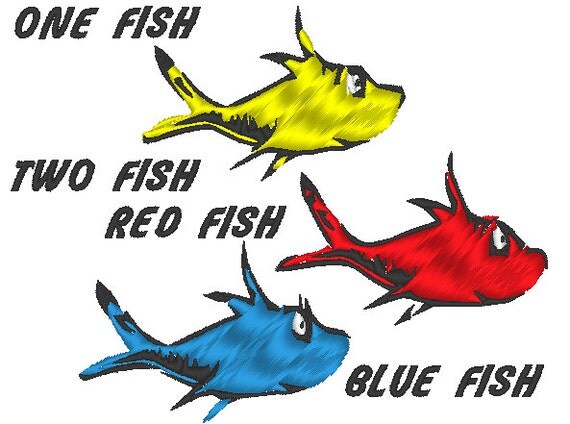

Both books have yet to be published at this point. He also has a star on his belly similar to the Sneetches. He is very Lorax-looking with a large mustache and drowsy eyes. There is, however, a small Seuss character on the inside bottom left corner that says Like all the other Beginner Books so far, there is no dedication. Seuss also incorporates repetition and recognition through using images to exactly match the words.Īll of these are tools to pull young readers into the story and get them not only excited about reading, but to create strong vocabularies as well as creative thinking and observation. Just jump on the hump of a Wump of Gump.” This book focuses a lot on rhyme, more so than any of his other books so far. The second way that Seuss strengthens vocabulary is through rhyme. This pulls the child in and starts to make them notice the differences in the images that match the words, creating stronger vocabulary. Seuss probably did this because comparison is the easiest way to notice differences and uniqueness. The quote that sums up the theme of the book is at the beginning, in the middle, and also ends the book,Īs we start the book we are asked to notice opposites old and new, bad and glad, thin and fat, fast and slow, high and low, etc. This story encourages young readers to be observant as well as imaginative.



The story ends with a pet Zeep that the little boy and girl nestle down with to fall asleep and the final quote is, The children do not necessarily narrate the story, sometimes the unique creatures we meet are talking to other creatures within the story, completely unaware of an audience. Now that we’ve reached full sentences the story starts to develop from different kinds of fish to the general thought thatĪ young girl and her brother (not Sally and her brother from Cat in the Hat, but a new pair of youngsters,) take us through the story and introduce us to all sorts of interesting creatures, explaining that they are all different. Then it progresses to “Black fish blue fish old fish new fish.” Then things start to get a little more complicated. The book opens with the same words that make up the title, “One fish two fish red fish blue fish.” No commas or periods and only the One is capitalized.


 0 kommentar(er)
0 kommentar(er)
